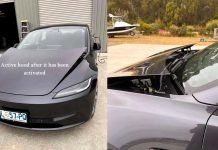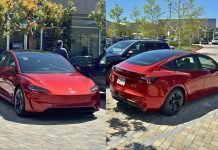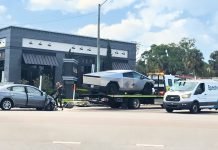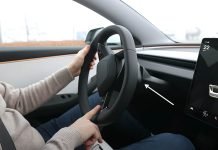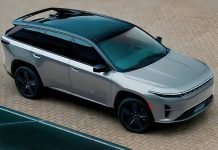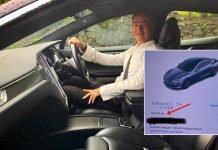Tesla has been running ahead in the game by launching new features that are once thought to be possible in a very distant future. A long array of unique features like the “Ludicrous & Insane Mode”, “Full Driving Mode”, “ Standard Autopilot – Lane Departure and Emergency Lane Departure”, “Over The Air (OTA) Updates”, “Model X – Bioweapon Defense Mode” are few of the honorable mentions. Lately added to this list are the Traffic Light and Signal Detection system. This has been under testing on public roads. Tesla is going to add it to its partially automated driving system designed to spot stop signs and traffic signals. The cruise control and auto-steer systems will get this add-on towards Musk’s pledge to make Tesla fully self-driving vehicles.
There have been debates around such features because however promising they may sound but recent unfortunate experiences by a few Tesla owners are telling a different story. Tesla cars have been in the news many times because of their malfunctions and recently they have failed to spot and react to hazards in at least three fatal crashes.
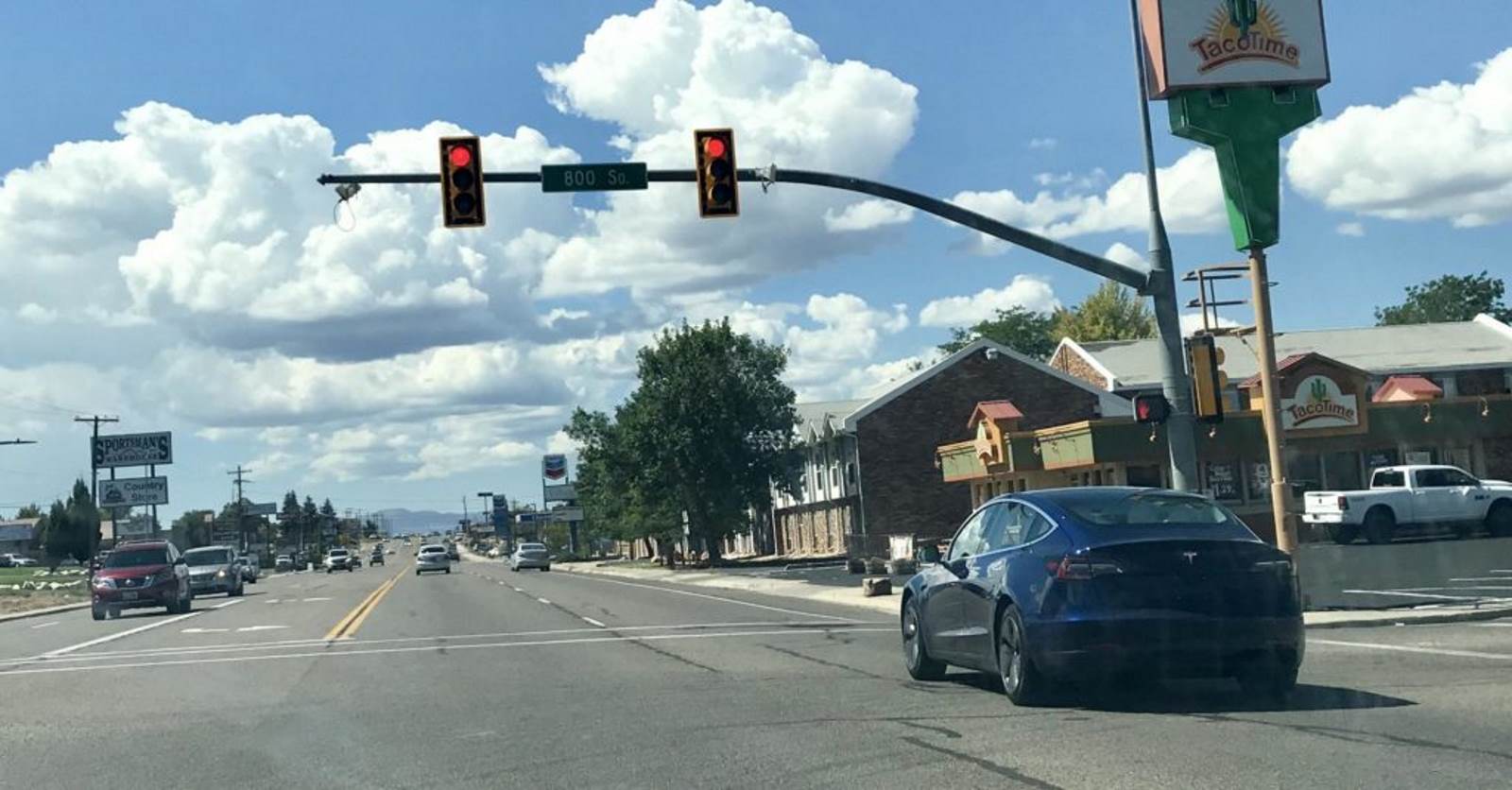
Tesla Autopilot Improvements and Reports
A group of select Tesla owners was chosen to test the stoplight and sign recognition feature, to be used with the Traffic-Aware Cruise Control or Auto-steer systems. On detection of the traffic light, including those that are green or blinking yellow, this feature will slow the car. Another function of this feature includes notifying the driver of its intent to slow down and stop, in response to which the drivers must push down the gear selector and press the accelerator pedal to confirm that it’s safe to proceed. Tesla restates in these notes that the Autopilot won’t execute turns and will not control for all intersections.
Though there is a catch that the company warns in the note provided to the Associated Press that drivers must pay attention and be ready to take immediate action. The system may fail by not stopping for all traffic controls so the driver may be needed to be ready to brake if the situation demands so. The note also states that the system learns constantly from the fleet on the roads, and gradually will get better at adaptive controlling.
Various sources have stated that this new feature is being uploaded to a wide fleet of Tesla as part of an over-the-internet software update for thousands of vehicles. This update will be available exclusively to owners of Tesla vehicles equipped with the third version of the onboard computer for the Autopilot, called the Hardware 3. This Hardware 3 can be installed as an upgrade on the vehicles, though the “full self-driving” version of Autopilot with the new “Traffic Light and Stop Sign Control” feature will be available to the customers who have paid for this feature.
Tesla mentions in its software update that the Traffic light and Stop Sign Control feature is in the Beta Testing phase so it may be conservative and slowdown more often in the early stage. According to the company notes, the drivers should pay attention at all times because the performance of such systems may be degraded in a difficult environment with too many inputs in the form of pedestrians, rain, direct sunlight, or approaching traffic controls that are obstructed.
How Tesla detects traffic lights and stops automatically
Tesla hacker, @greentheonly tweeted, about the user’s manual for the feature buried in Firmware 2020.12.1 for Model 3’s and Y’s which are the beta versions of the feature. The literature carefully states how the feature works:
The alleged system is using forward-facing cameras, GPS, and map data to identify traffic lights and stop signs. When approaching an intersection with Autopilot engaged, the driver is notified of an upcoming traffic light, and in spite of whether the light is green, yellow, or red, the car will brake until it comes to a complete stop. The touch-screen displays a red line, indicating where the car is expected to stop though if only it’s showing a red line it will stop otherwise it won’t. If the forthcoming signal is green and the driver deems it safe to keep going, he can override the deceleration by pressing down on the accelerator pedal or gear lever. In the case of the light turning green after a complete stop, the driver has to do the same thing to permit the car to proceed.
These features as are under a learning phase so there are chances that there may be some unwanted consequences like, vehicles with these features engaged may result in stopping or slowing at green lights and could result in rear-end collisions which could have been avoided if the driver was attentive. It can be understood such circumstances won’t be completely Tesla’s fault. Technically, it’s worth a mention that this is possible because the Tesla is running this setup which would be behaving counter to surrounding traffic and the traffic signal ahead.
The feature persuades Autopilot to be used on surface streets as many variables not present on freeways, such as bicyclists, pedestrians, etc. But this is not to be forgotten that the driver is responsible for the intelligent use of Autopilot. Another important thing to be remembered is that the new programming is a stepping stone to that future Full-Self Driving capability.
National Highway Traffic Safety Administration has decided to closely monitor the performance of this technology
The U.S. government’s road safety agency called the National Highway Traffic Safety Administration has decided to closely monitor the performance of this technology and issued a warning that drivers must be ready to act and law enforcement agencies will hold them responsible.
Center for Auto Safety’s executive director Jason Levine, who runs a nonprofit watchdog group, accused Tesla of using the feature to sell cars and get media attention, even though not being sure whether it might or might not be fully functional. In the incidence of Tesla’s Autopilot is involved in a crash, the company blames the driver to have paid attention. Tesla smartly averts any damage as legalese warning drivers that they have to pay attention, Levine said. The bad part is that Tesla drivers have a history over-relying on the company’s electronics.
Among other important statements mentioned, one Missy Cummings, a robotics and human factors professor at Duke University, mentioned that a Tesla might fail to stop for a traffic light, and as well as the driver will be inattentive. According to her Tesla is using its customers for “free testing” of new software.
The NTSB has blamed Tesla’s Autopilot system partly in three fatal crashes
The NTSB has blamed Tesla’s Autopilot system partly in three fatal crashes, and it has expressed disappointment with NHTSA for being inefficiency to act on the board’s recommendations.
The Delray Beach, Florida crash
The 50-year-old driver of a Tesla Model 3 was killed in a crash of car with a tractor-trailer. This accident took place on March 1, 2019. The car was going at a speed of 69 miles per hour (111 kilometers per hour) when the driver and the Autopilot system both failed to apply the brake or try to avoid a tractor-trailer that was crossing in its path. Unfortunately, the car crashed into the trailer, which sheared off Tesla’s roof. According to the reports, the truck and the Tesla driver both are to be blamed for the crash. Another statement by NTSB Chairman Robert Sumwalt states during that same time, that this crash was the third such incident where the driver was over-dependent on Tesla’s Autopilot, also that the operational design of Tesla’s Autopilot is flawed leading to such tragic consequences.
The Williston, Florida crash
In, Florida,2016 another crash similar to the one in Delray took place killing another Tesla driver. Same as before neither Autopilot nor the driver stopped for a crossing tractor-trailer leading to the road accident.
Tesla claims that the Autopilot system when engaged in its vehicles ensures about twice the safety as those in which the system isn’t engaged. The company statistics show that in a period of three months, drivers using Autopilot had one crash for every 3.07 million miles driven.
The Silicon Valley Crash, California
A 38-year-old Tesla Model X, Driver was killed in a car crash when the vehicle on Autopilot mode. Investigations state that the driver was playing a video game on his smartphone. Mere 10 seconds into the Autopilot mode, when the driver decided to play game on his smartphone, the car sped towards a crash barrier at almost 70 mph, killing the passenger. If either the driver or the Autopilot system has initiated brakes, the crash could have been avoided.
NTSB experts stated at a Washington hearing that “Automation Complacency” is an issue when drivers blindly trust technology.
Taiwan
Fortunately, this was not a fatal accident. This recent accident took place in Taiwan when a Tesla car crashed into a toppled truck trailer. A detailed report and list of probable causes behind this crash have been mentioned in our article: “Why did Tesla Model 3 Crash Directly Into Overturned Truck.”
“DRIVERS SHOULD BE READY TO TAKE IMMEDIATE ACTION AT ALL TIMES.” – Tesla
Musk promised that the future is not far away when Tesla vehicles will one day be able to drive themselves in all situations. But talking for today, none of Tesla’s vehicles are competent of full self-driving. In the real-world, the buyers actually get access to incremental features like Traffic Light and Stop Sign Control, or automatic lane changes, as they roll out, even when they pay for “full self-driving”.




